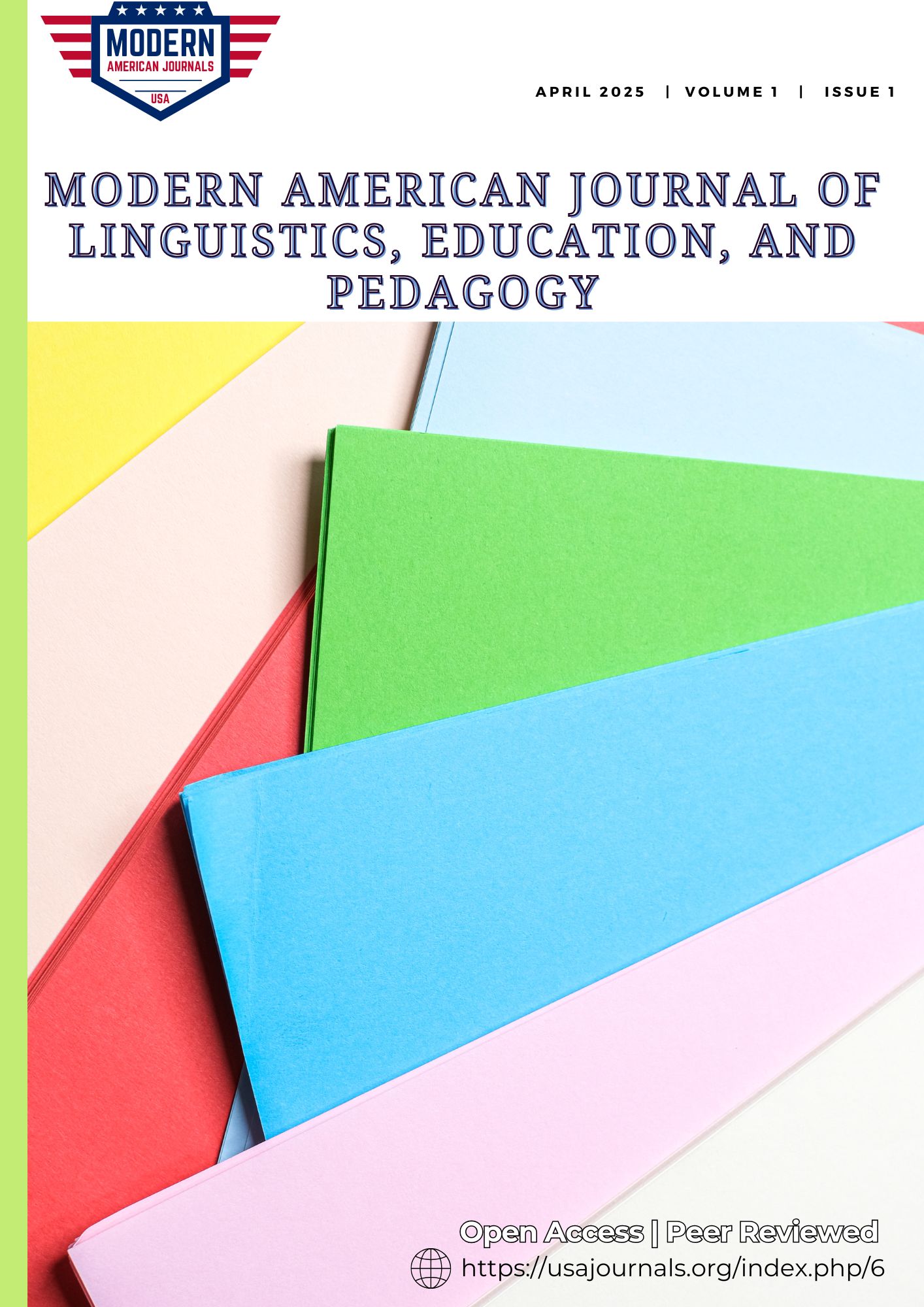SOCIOLINGUISTICS AND MULTILINGUAL EDUCATION: BRIDGING THE GAP BETWEEN LANGUAGE DIVERSITY AND EFFECTIVE PEDAGOGY
Keywords:
Sociolinguistics, Multilingual Education, Language Diversity, Pedagogy, Curriculum Design, Teacher Training, Language Policies, Social Identity, Linguistic InclusionAbstract
The increasing prevalence of multilingual societies across the globe has brought forward significant challenges and opportunities in the field of education. Sociolinguistics, which examines the relationship between language and society, offers valuable insights into the dynamics of multilingualism in educational settings. This study explores the intersection of sociolinguistics and multilingual education, aiming to identify strategies for bridging the gap between language diversity and effective pedagogy. By analyzing case studies from various multilingual contexts, we examine how sociolinguistic factors—such as language prestige, social identity, and power dynamics—affect language learning and teaching outcomes. We also highlight the role of language policies, curriculum design, and teacher training in fostering inclusive and effective educational practices for multilingual learners. Our findings suggest that multilingual education must embrace linguistic diversity as an asset, rather than a challenge, and that pedagogical approaches need to be culturally responsive and contextually grounded to support the diverse needs of learners in multilingual environments.


